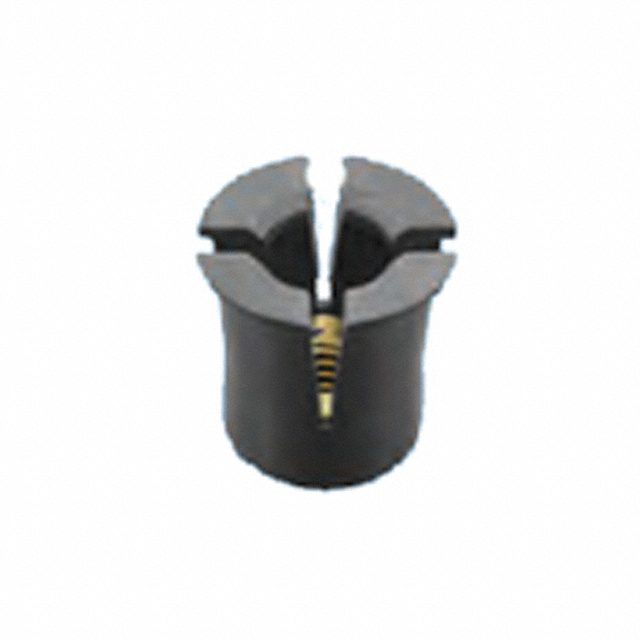Nuts
Results:
1,588
Manufacturer
Series
Width
Thickness
Thread Size
Plating
Type
Material
Voltage - Rated
Size / Dimension
Accessory Type
Diameter - Shaft
For Use With/Related Products
Features
Operating Temperature
Termination Style
Mounting Hole Spacing
Length - Shaft and Bearing
Torque - Rated (oz-in / mNm)
Dielectric Material
Q @ Freq
Suggested Programming Environment
Kit Type
Steps per Revolution
Height - Seated (Max)
Current Rating (Amps)
Encoder Type
RPM
Function
Accuracy
Power - Rated
Included MCU/MPU Board(s)
Capacitance Range
Motor Type
Torque - Holding (oz-in / mNm)
Torque - Max Momentary (oz-in / mNm)
Utilized IC / Part
Coil Type
Adjustment Type
Main Purpose
Tool Type
Coil Resistance
Mounting Type
Interconnect System
NEMA Frame Size
Step Angle
Gear Reduction Ratio
Results remaining:1,588
Nuts
Nuts are essential fasteners that are commonly used in conjunction with bolts to securely fasten multiple non-threaded parts together. They play a crucial role in providing a strong and reliable connection between components.
A nut typically has a threaded hole that matches the thread size of the mating bolt. When the bolt is inserted into the nut and tightened, the threads of the bolt engage with the threads of the nut, creating a frictional force that prevents the parts from coming apart. Additionally, the tightening process causes the bolt to stretch and generates compression within the connected parts, further enhancing the joint's strength and stability.
Nuts can vary in their design and characteristics, offering different advantages for specific applications. They are commonly identified by parameters such as thread size, material, thickness, plating, and type.
Thread size refers to the diameter and pitch of the internal threads in the nut, which should match the external threads of the mating bolt. It is crucial to select a nut with the correct thread size to ensure a proper fit and optimal performance.
The material of the nut is another important consideration. Nuts can be made from various materials, including steel, stainless steel, brass, aluminum, and nylon. Each material offers different properties such as strength, corrosion resistance, and temperature tolerance, allowing for suitable choices in different environments and applications.
The thickness of the nut, also known as its height or profile, can vary depending on the specific requirements of the joint. Thicker nuts provide increased strength and load-bearing capacity.
Plating or coating options for nuts include zinc plating, nickel plating, chrome plating, or organic coatings like paint or epoxy. These coatings provide corrosion resistance, enhance aesthetics, and improve durability.
Nuts come in various types to cater to different needs. Some common types include cage nuts, clip nuts, hex nuts, jam nuts, knurled nuts, locking nuts, square nuts, and thumb nuts. Each type has its unique design and features to facilitate specific functions or provide additional benefits such as ease of installation, vibration resistance, or tamper resistance.
In summary, nuts are integral components in fastening systems, working in conjunction with bolts to securely join non-threaded parts. Their selection based on thread size, material, thickness, plating, and type ensures proper fit, strength, and durability in various applications. Nuts provide essential support in industries such as construction, automotive, machinery, and electronics, contributing to the integrity and longevity of assembled structures and equipment.











